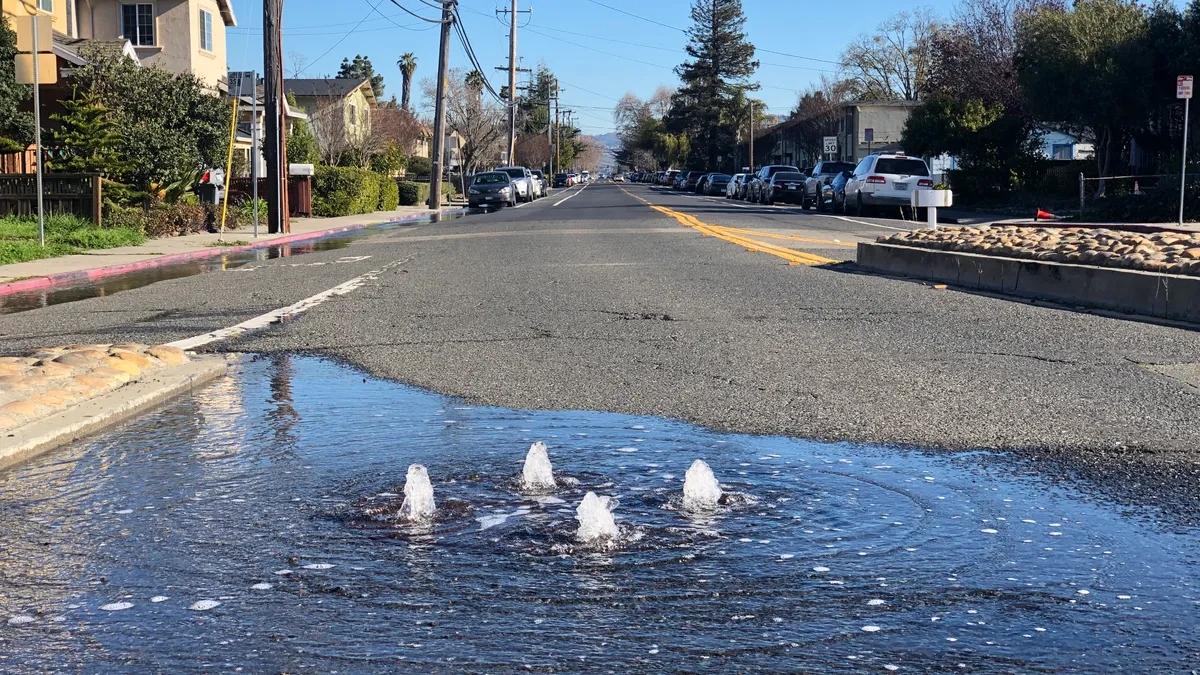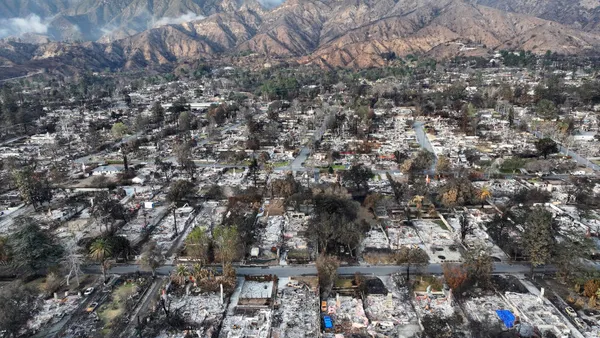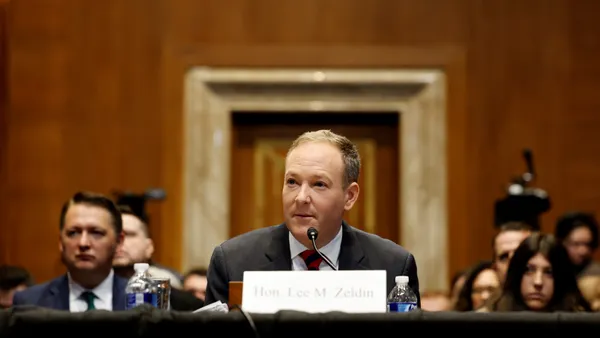Dive Brief:
- Rising groundwater caused by climate change may be threatening thousands of contaminated sites nationwide, including federal Superfund sites, warn researchers from the University of California, Berkeley; Utah State University; University of Newcastle and environmental consultancy BBJ Group in a new study currently undergoing peer review.
- The researchers’ main concern is that groundwater movement due to sea-level rise will cause the migration of contaminants, such as heavy metals and petroleum products, posing severe health risks to humans and ecosystems.
- This threat has not earned enough attention from local government officials, the researchers said, calling for improved monitoring of groundwater nationwide and plans to eventually adapt at-risk communities.
Dive Insight:
As a warming planet causes sea levels to rise, the water beneath our feet is following suit in many coastal communities. Dense saltwater coming inland pushes fresh groundwater up, potentially flooding basements, damaging infrastructure and leaking into cracked sewer pipes. Inland areas may also experience groundwater rise due to increases in rainfall.
But rising groundwater is a widely invisible phenomenon, with many cities lacking maps of their shallow unconfined groundwater, said Kristina Hill, the study’s lead author and an associate professor at the University of California, Berkeley.
“People just aren't thinking about it because it's something they don't see,” said Daniella Hirschfeld, the study’s co-author and an assistant professor at Utah State University.
Nationwide, the study found that rising groundwater may threaten 326 federally-managed hazardous waste sites — known as Superfund sites. A slew of previous uses could have contaminated these sites, from military bases or chemical factories to gas stations or dry cleaners. But the caps put on many of these sites to keep them dry are “umbrellas,” Hill said, and don’t address water coming from below.
The researchers defined vulnerable Superfund sites as those that are located 10 meters (about 33 feet) or less above sea level, since detailed groundwater-rise predictions don’t exist for most U.S. coastal cities. California, North Carolina, Virginia and New York have the largest area of federally managed contaminated land that may be exposed to inundation from below.
But the 326 federally-managed sites the researchers identified are only part of the picture. “We’re really just scratching the surface of what could be happening nationally because there are many, many more sites that are monitored by state or even city agencies that are not being captured here,” Hirschfeld said in a Berkeley News article about the study.
The researchers estimate that approximately 115,000 contaminated sites nationwide are vulnerable to rising groundwater, based on the ratio of state- to federally-managed sites in the San Francisco Bay Area, which the study took a closer look at.
A disproportionate number of these at-risk sites are near low-income communities and communities of color that already face high levels of pollution, the researchers say.
Larger-scale monitoring of contaminated groundwater is needed nationwide, Hill said. “Right now, [monitoring and enforcement is done] one property at a time,” she said. “If we even just looked at a dozen properties at a time in one watershed, we'd be doing a better job of understanding where these contaminants may go.”
She suggested communities consider districts of floating homes, similar to those developed in the Netherlands. This would entail removing the contaminated soil and sending it away to be treated and disposed. The hole that remains will fill up with groundwater and could be used as sites for multi-story, floating housing structures, Hill said.
“If, for example, San Francisco or New York or Boston wants to adapt to this, we should be looking at how they're building districts that are ready for high groundwater,” she said. These types of adaptation projects, however, should be planned for long in advance, as much as 20 years prior to implementation, she added.
“It really helps both the low-income homeowner and developer to have certainty for a period of time,” Hill said. “So if we can make a plan that lasts for 10 years and have certainty during those 10 years, that really helps people.”
With the federal government making billions of dollars available for local climate adaptation and resilience, local governments should consider allocating some of that funding toward projects that address rising groundwater, the researchers said. Levees and seawalls — common measures to protect against coastal and river flooding — won’t protect from water bubbling up from below, Hill said.
“There's money coming out right now for planning and research from the Inflation Reduction Act,” Hirschfeld said. “This would be a great opportunity to do further research, analysis, understanding.”











